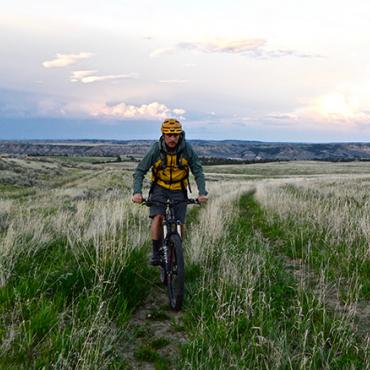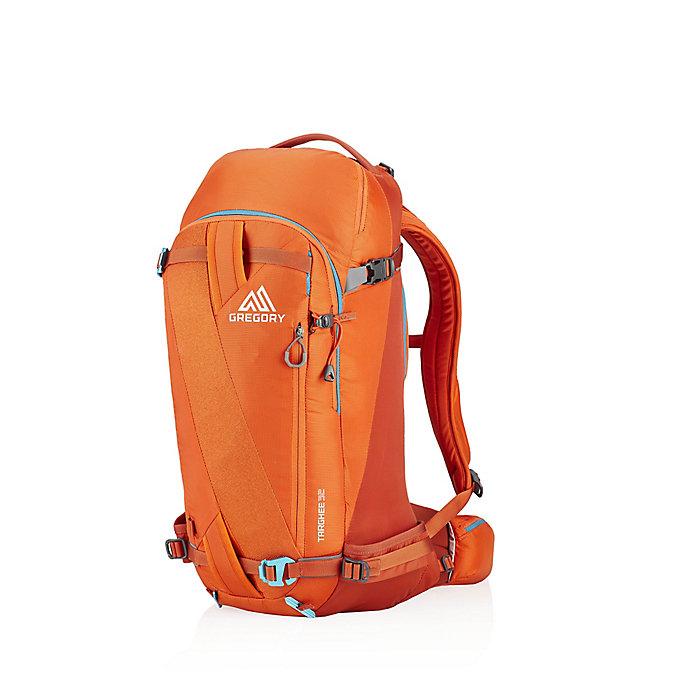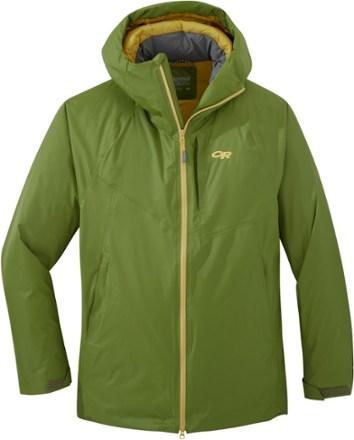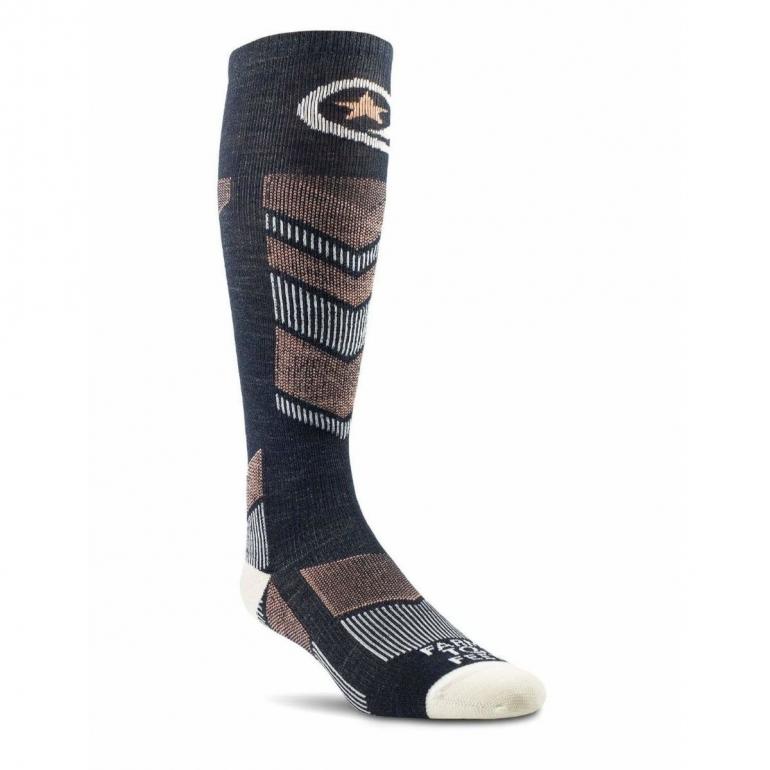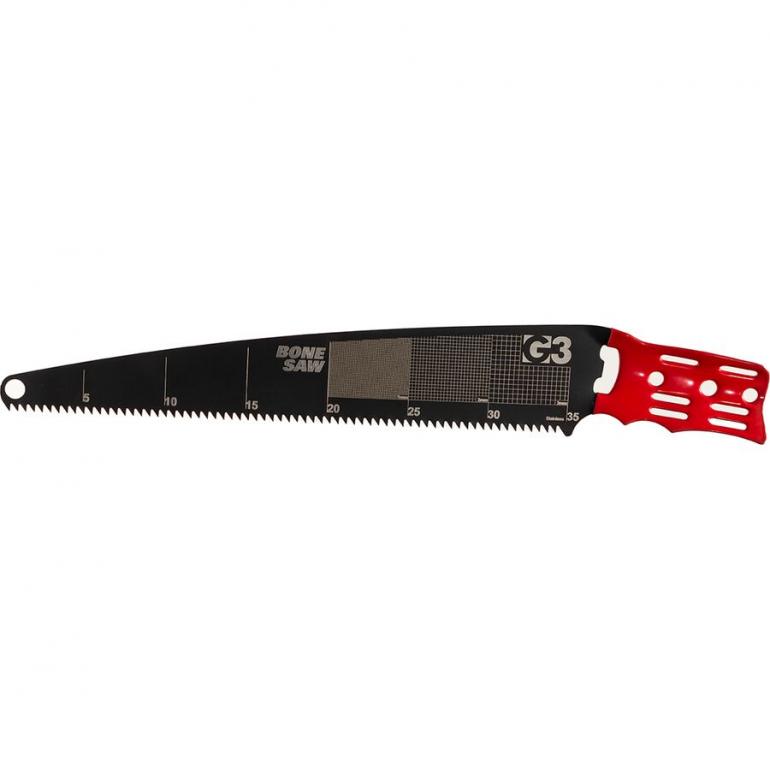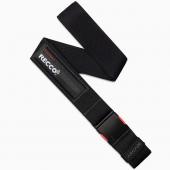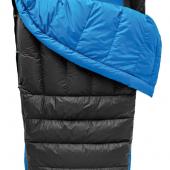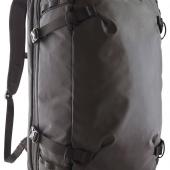Review: A Winter Walk
Gear for the backcountry.
Few things are more rewarding than earning your turns. But time in the backcountry requires focus, and you don't want to be worrying about your kit when you're trying to manage snow conditions and avalanche safety. Here are some items that will help ensure that your mind stays where it needs to be.
Gregory Targhee 32
While the Osprey is great for overnights and longer tours, it's a bit too much for day-to-day skiing. For something smaller, I opted for the Targhee 32 from Gregory. Once again, this pack has it all: stowable mesh helmet-carry, goggle-specific pocket, avy-gear organization, and hip-belt pockets for the at-hand essentials. What stood out to me was the comfort. Again, one sign of good gear is its invisibility – and once the Targhee 32 was packed, I hardy noticed it. It fit great and stayed out of my way, even when I was utilizing all its features. For example, the back-panel access made throwing on an extra layer easy because I didn't have to dig through the whole bag to find what I was looking for. Also, a roomy stash pocket at the top of the bag made accessing a snack or sunblock no work at all. At 32 liters, the pack has more than enough room for everything you need and some things you don't (a nip of whiskey on the trail never hurts). Like all packs, there are options for ski-carry configurations. While I haven't utilized all the straps and loops and buckles, there are ice-tool options for those with a ski-mountaineering bent. Bottom line: if you're looking for a reliable backcountry daypack, look no further than the Targhee 32. $200; gregorypacks.com.
Outdoor Research Floodlight
As someone who heats up easily and prefers to be a little cold than too hot, I was hesistant to try an 800-fill down jacket for ski touring. But when I came across a waterproof model, I thought maybe I could streamline my layering and further simplify my kit. The Floodlight from Outdoor Research wasn't the first coat on my radar, but it may very well be the last. First and foremost, it's warm, which is the point of an insulated coat. But the Floodlight also sheds water; it utilizes OR's Pertex Shield fabric while bonding the coat's down channels instead of stitching them, which is what makes the coat fully waterproof. This material is noisy when you're touring, so don't expect to sneak up on anyone, but it does keep you dry when you're out in the elements. As for fit, the coat is a bit trim, but at 5'8", 160lbs., a medium is just right. The pockets are huge and fleece-lined, and the hood is spacious so you don't feel claustrophobic with it on. If the sun is shining and temps are climbing, the whole coat can be packed into its hood for storage. $400; outdoorresearch.com.
Farm to Feet Socks
With all the technology that goes into skiing in the backcountry, we can easily overlook the simplest of items – like socks. But as we all know, dry feet equal happy skiers. And I'm a happy skier now that I got a few pairs of Farm to Feet Waitsfield ski socks. They're lighweight, which makes them great for touring, as my feet heat up fast; and they're made of 100% U.S.-grown Merino wool, making them comfy and odor-free. They don't itch and they don't bunch up. Get yourself a pair. $24; farmtofeet.com.
G3 Bonesaw
It’s all well and good to make do with what you have on hand, but when a job specific tool comes into play for a routine task, such as testing a snow pit, it turns it into something way more efficient. The Bonesaw offered by G3 is one such tool. Meant to cut through snow and ice with ease you’ll be pleased at how precise you can make your column tests. It’s short and light enough to fit into your pack, and it can be extended by attaching a shovel or ski pole to the rubber grip handle with the included straps. Added bonus; the snow scale on the blade, and the teeth are aggressive enough to cut wood. $59.95, genuineguidegear.com.


